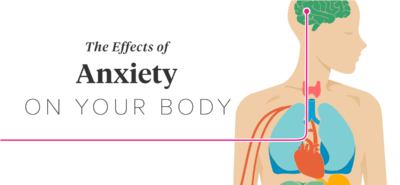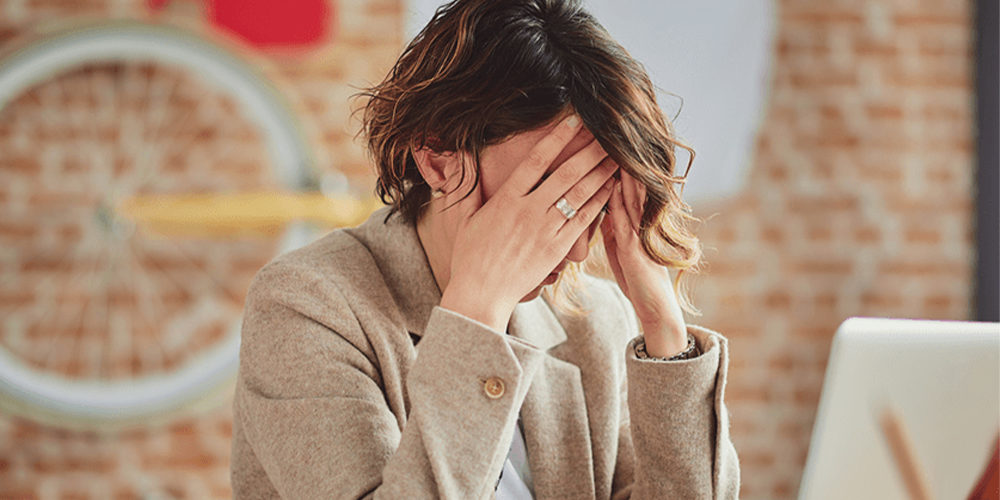Along with depression, anxiety disorders are the most common mental health problem affecting the population of Ireland and Europe. They account for a similar level of stress and disability within society as cancer or heart disease.
Within my own counselling practise I have noticed a significant increase within the last few years in both my counselling clinic in Midleton and my counselling clinic in Ballincollig of people looking for help with anxiety. Anxiety can affect any one of us, irrespective of age, gender or background can be affected.
What is Anxiety?
Anxiety is a type of fear usually associated with the thought of a threat or something going wrong in the future, but can also arise from something happening right now.
How do I know if I have Anxiety – How does is present itself?
When the brain perceives a threat, it activates the body’s “fight or flight” alarm system, and adrenaline is released into the blood from the adrenal glands. With Anxiety, this body alarm button seems to get ‘stuck’ on the on position and very hard to switch back off.
Physical Signs:

- Heart Pounding
- Breathing difficulty
- Sweating
- Feeling agitated
- Feeling Dizzy/Light Headed
Emotional Signs:
- Feeling frozen to spot / numb
- Dread and Crippling fear
- Feelings of overwhelm – can’t take this.
- Drop in confidence and ability to cope.
- Exhausted and Low Mood – Anxiety and low mood go together a lot of the time. As they body becomes exhausted from the continual hyper alert and stress signal constant firing, the adrenals start to become exhausted. Feeling worn out and feel defeated by your anxiety problems.
Mental Signs:
Thoughts that often occur relate to our overestimating or exaggerating the actual threat and underestimating or minimising our ability to cope, feels like a ‘washing machine’, constant thoughts churning around and near impossible to switch in full ‘spin’ mode:
- Feeling ‘ I’m in danger right now’
- Thinking the worst possible scenario is going to happen, interpreting situations as dangerous and distorted.
- You experience situations as threatening even when they are not.
- Getting stuff out of proportion to the danger that is actually there
- Feeling ‘I won’t be able to cope with it’.
- Thinking ‘ I am going to die’.
- Thinking ‘ I’m going to lose it’ – feeling like I have no control
- Being over viligent and being on high alert to any threat and danger. Constant look out and if anything with a hint of threat about it, you assume the worst and that the danger is real. The world seems like a very dangerous place
Behaviours might include:
- Avoiding people or places
- Not going out
- Going to certain places at certain times, e.g. shopping at smaller shops, at less busy times
- Only going with someone else
- Escape, leave early
- Go to the feared situation, but use coping behaviours to get you through: examples include: self-talk, holding a drink, smoking more, fiddling with clothes or handbag, avoiding eye contact with others, having an escape plan, medication. These are called ‘safety behaviours’, which help us in the short term but maintain our anxiety in the longer term.








